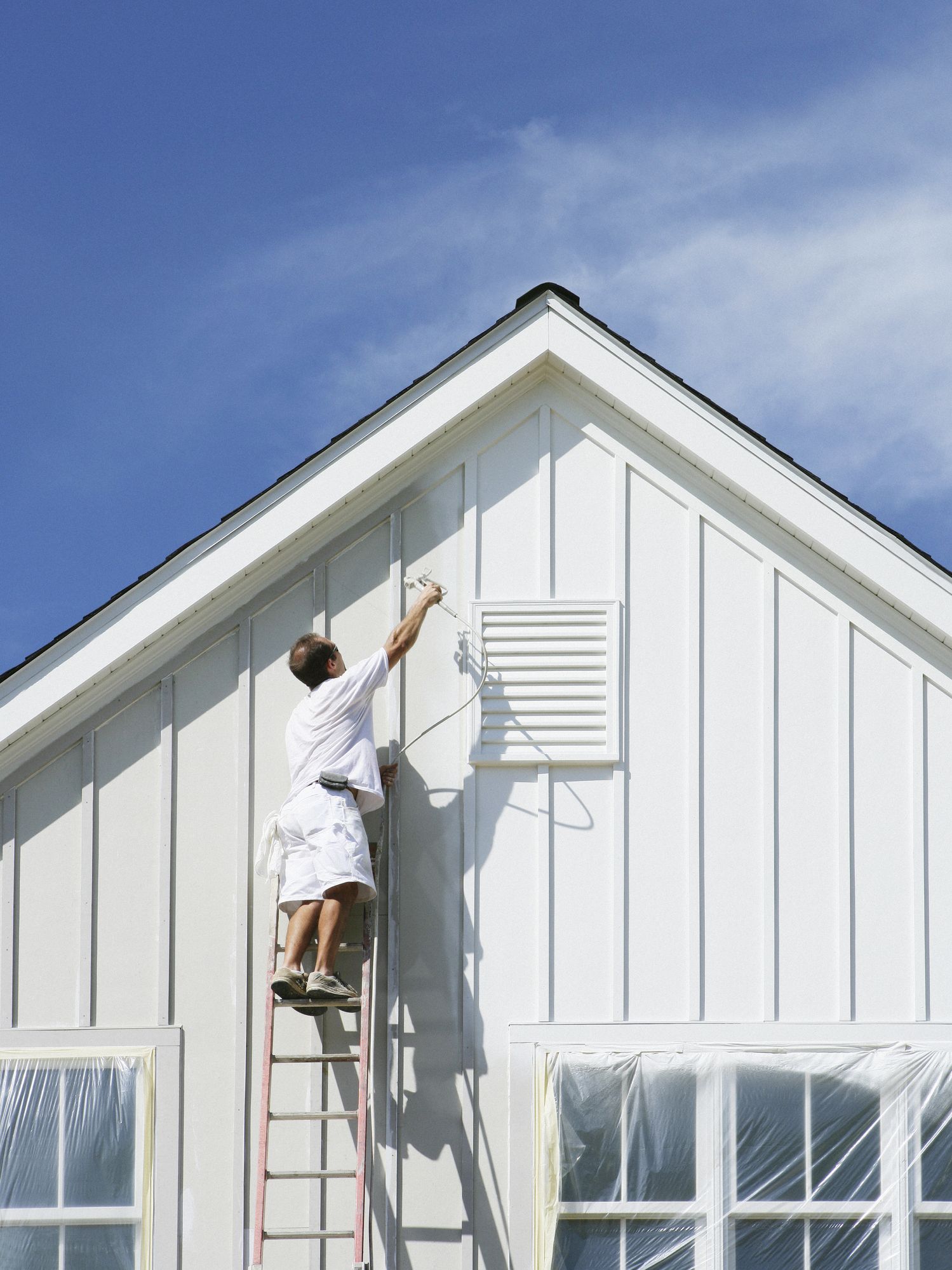Many homeowners have standard painting preparation. They know that it's important to utilize drop cloths, painters tape and stir paint completely. However did you understand that a golf ball can assist maintain paint quality, or that microwaving paint tape can make it more manageable?
With the majority of DIY painting projects, knowing a few extra painting strategies can result in the most gratifying outcomes. Keeping paint appropriately and utilizing the right tools can ensure that you prevent blemishes and cover surfaces equally.
These nine DIY painting suggestions can help you improve the quality of your work and save time and money at the same time, whether you're preparing to offer, changing your design or doing some routine home upkeep.
1. Do not let your paint dry out
A half-empty can of paint will dry. Drop golf balls into the paint can to fill the air area, or place plastic wrap under the cover, seal it securely and store the paint upside down.

2. Utilize the best guide
If you're painting new drywall, use a water-based primer to hide imperfections and supply an even base prior to applying color. If you're painting paneling, water-damaged or smoke-saturated walls, choose an oil-based primer.
3. Prevent lap marks
To prevent stripes brought on by rolling over paint that's Best Verona exterior painting currently beginning to dry, keep a damp edge by painting the full height of the wall and then moving over slightly so you can overlap the last stroke with the http://query.nytimes.com/search/sitesearch/?action=click&contentCollection®ion=TopBar&WT.nav=searchWidget&module=SearchSubmit&pgtype=Homepage#/Verona painting next.
4. Stir paint with a customized stirrer
Prior to you stir paint, drill holes in the stirrer to help blend the paint better. The holes help the paint circulation through the stirrer, aerating it like a whisk and blending the paint evenly.
5. Add texture, if you want
If you want more texture on your wall, pick a roller with a longer, 3/4" nap, which holds more paint. The nap is the fabric material covering the roller, and longer naps produce more stippling on your wall due to the fact that of the way their fibers distribute the paint. Utilize a shorter-nap roller-- between 1/4" and 1/2" nap-- for the best surface.
6. Don't wash your brushes or rollers
If you're utilizing latex paint, there's no factor to clean your brushes or rollers if you don't complete your job in one day. Since cold temperature levels keep latex paint from drying rapidly, you can just wrap your rollers or brushes in plastic bags or tin foil and put them in the fridge. (Be sure to let them completely warm back up before using them.).
7. Handle issue tape.
If you're utilizing older tape, in some cases it can be hard to peel off its roll without tearing or sticking. If your painter's tape continues to peel, microwave the whole roll for 10 seconds.
8. Identify the type of paint on existing walls.
Not sure if a wall's existing paint is oil or latex? Soak a cotton ball in rubbing alcohol and rub it in a little location throughout the wall. If the cotton ball has paint residue, the paint is latex. No paint on the cotton ball? You'll be painting over an oil-based paint and will wish to use an oil-based primer before painting.
9. Purchase a paint pen.
Buy a paint pen that lets you load it with a small bit of your new paint color for little touchups later on. These pens keep the paint inside fresh for about a year as soon as filled; just keep in mind to shake them well prior to use to guarantee the paint comes out smoothly and uniformly.